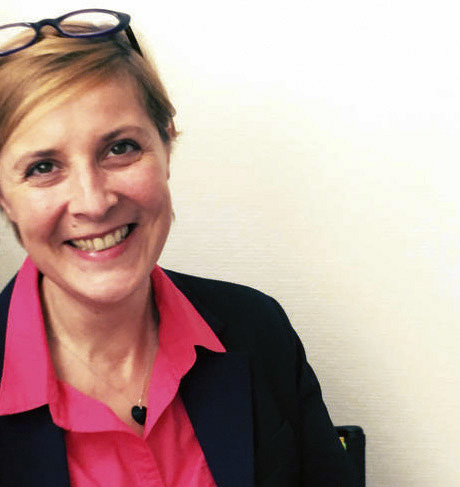2011, an encounter with William Klein for an article published in Images Magazine: you can see both the man and the artist, someone you won’t leave indifferent, as Jean-Luc Monterosso, the founder of the Maison Européenne de la Photographie (MEP), i...




